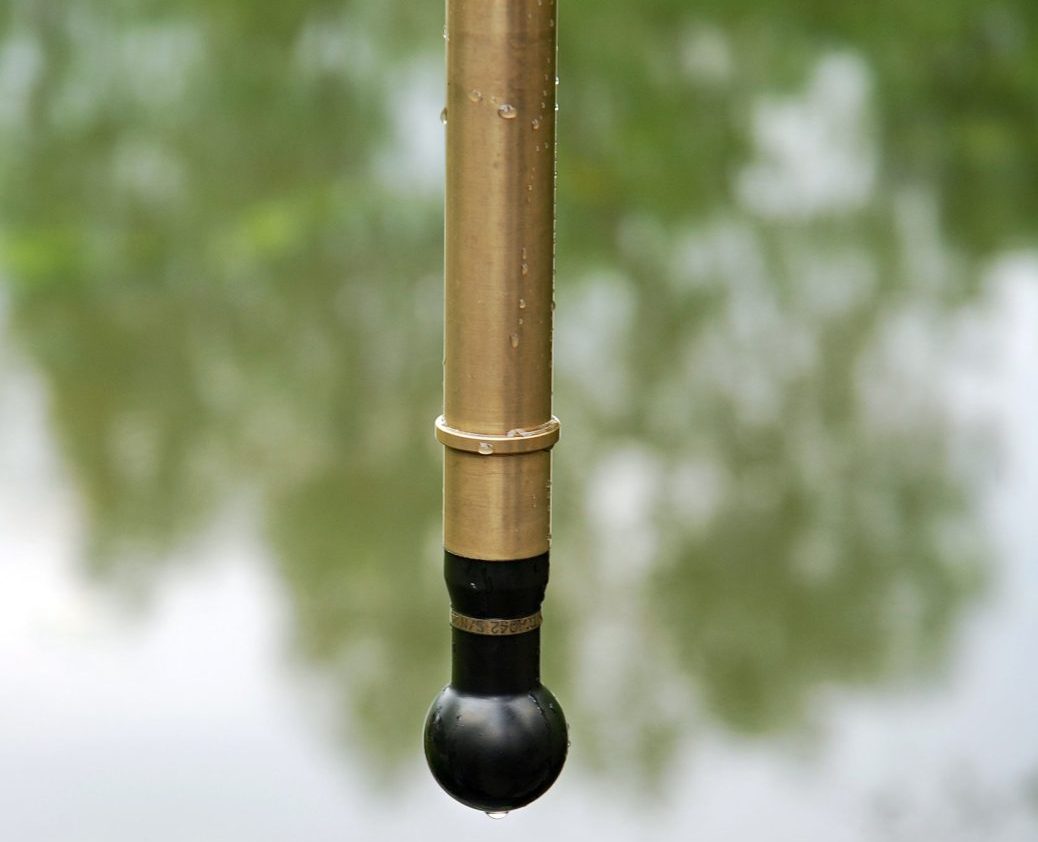The world beneath the surface of the ocean has always intrigued humanity.
Its mysteries, its beauty, and its undiscovered treasures have captured our collective imagination for centuries.
In this article
- Understanding Hydrophones
- Benefits of Hydrophones
- 1. Marine Research and Conservation
- 2. Environmental Monitoring
- 3. Underwater Exploration
- 4. Military and Security Applications
- 5. Entertainment and Education
- Challenges and Future Directions
- Conclusion
Sign Up for Free Today
Find the perfect voice for your job today, or sign up as a talent to start booking voice over work on Voices.
Thanks to technological advancements, we are now able to venture into this mysterious realm with tools like hydrophones. Hydrophones, specialized devices designed to listen to underwater sounds, have proven to be invaluable tools for scientists, researchers, and even enthusiasts.
In this article, we will dive deep into the world of hydrophones, exploring their functions, benefits, and the remarkable insights they provide.
Understanding Hydrophones
A hydrophone is essentially an underwater microphone.
It’s a sensor designed to pick up and record sounds underwater, converting the pressure fluctuations caused by sound waves into electrical signals that can be analyzed, recorded, and interpreted.
These devices are carefully crafted to withstand the harsh conditions of the ocean, from extreme pressure to corrosive saltwater.
Benefits of Hydrophones
1. Marine Research and Conservation
Hydrophones have revolutionized marine biology and conservation efforts.
Scientists can use these devices to monitor and study marine life, from the smallest shrimp to the largest whales.
By recording the sounds of different species, researchers can learn about their behavior, migration patterns, and even estimate population sizes.
For example, the distinctive songs of humpback whales can be recorded and analyzed to track their movements and breeding habits, aiding in the preservation of these majestic creatures.
2. Environmental Monitoring
Hydrophones also play a pivotal role in monitoring the health of our oceans.
By capturing underwater sounds, scientists can detect changes in the underwater environment such as shifts in water temperature, underwater volcanic activity, and even the movement of icebergs.
These valuable insights help us better understand the effects of climate change and other environmental factors on ocean ecosystems.
3. Underwater Exploration
Imagine exploring the uncharted depths of the ocean without ever leaving your seat. Hydrophones have opened up a new frontier for underwater exploration.
By listening to the sounds of underwater geology, researchers can map the ocean floor, identify geological formations, and even predict seismic events.
This information is crucial for understanding Earth’s tectonic activity and natural processes.
4. Military and Security Applications
Hydrophones have long been employed by navies and security agencies for various purposes.
These devices are used to detect and track underwater vehicles, submarines, and even potential threats. Hydroacoustic networks can provide real-time monitoring of underwater activity, enhancing maritime security and defense capabilities.
5. Entertainment and Education
Hydrophones aren’t limited to scientific endeavors; they also offer unique opportunities for entertainment and education.
Enthusiasts can use hydrophones to capture mesmerizing underwater soundscapes, from the haunting calls of distant marine creatures to the rhythmic sounds of waves and currents.
These recordings can be used in documentaries, films, and educational programs to inspire awe and understanding of the marine world.
Challenges and Future Directions
While hydrophones have provided us with an incredible window into the underwater world, they also come with challenges.
Ambient noise from human activities, such as shipping, drilling, and naval exercises, can interfere with the accuracy of the data collected.
Efforts are being made to mitigate this noise pollution and improve the quality of recordings.
Additionally, advancements in technology are leading to smaller, more affordable, and more versatile hydrophones that can be deployed in a wider range of environments.
Conclusion
Hydrophones have emerged as indispensable tools that bridge the gap between our world and the enigmatic depths of the ocean.
Through their ability to capture and analyze underwater sounds, hydrophones have enriched our understanding of marine life, geology, and the impact of human activity on the oceans.
As technology continues to evolve, we can expect even greater insights and applications from these remarkable devices.
Whether used for scientific research, environmental monitoring, exploration, or pure enjoyment, hydrophones offer a symphony of benefits that resonate through the waves and echo across the seas.

Leave a Reply